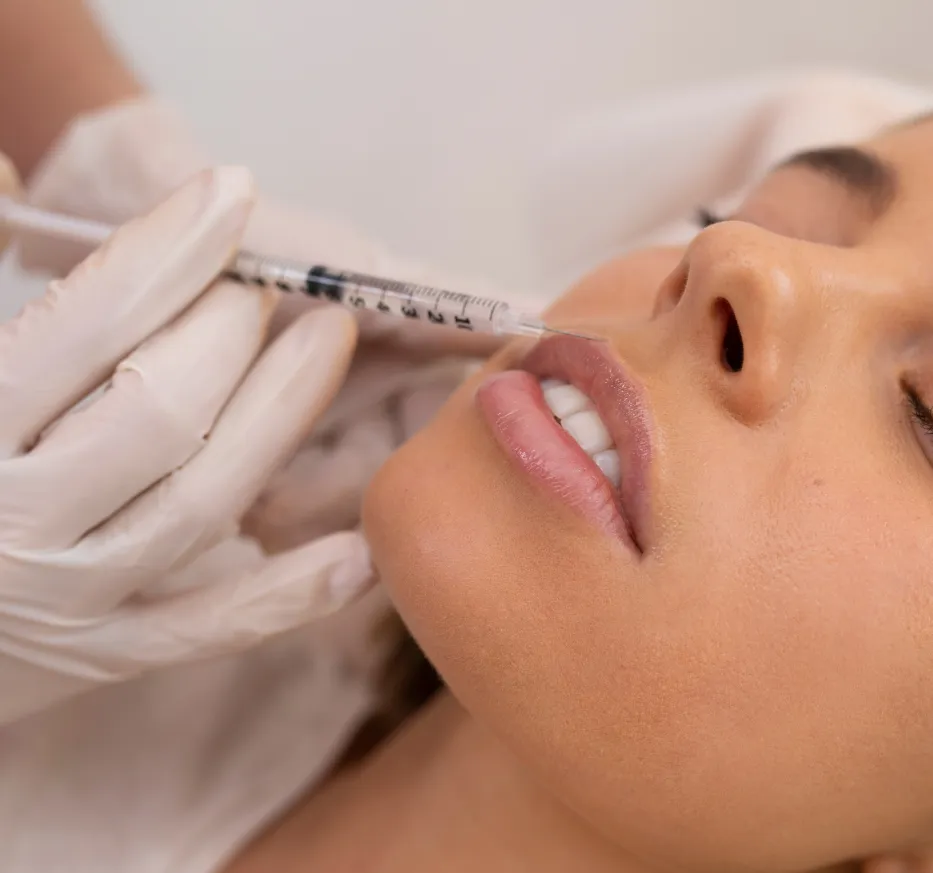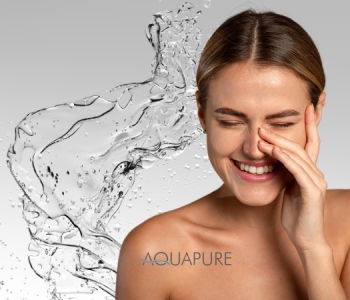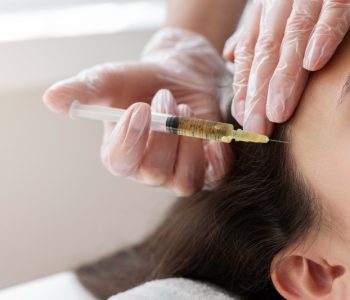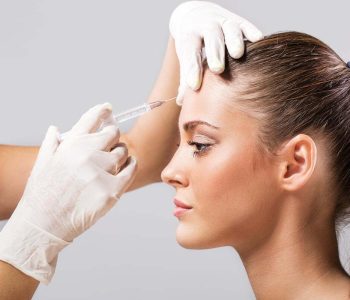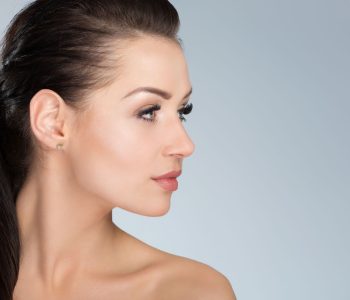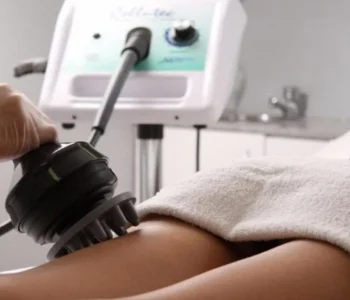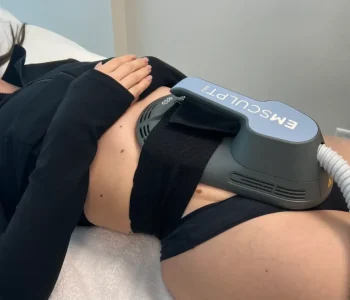Dudak Dolgusu Nedir?
Dudak dolgusu, dudakların daha dolgun ve şekilli görünmesi için hyaluronik asit gibi maddelerin dudakların içine enjekte edildiği bir işlemdir. Bu yöntem hacim kaybını geri kazandırır, asimetriyi düzeltir ve doğal bir dolgunluk sağlar. Prosedür genellikle hızlıdır ve etkileri 6-12 ay arasında sürer.
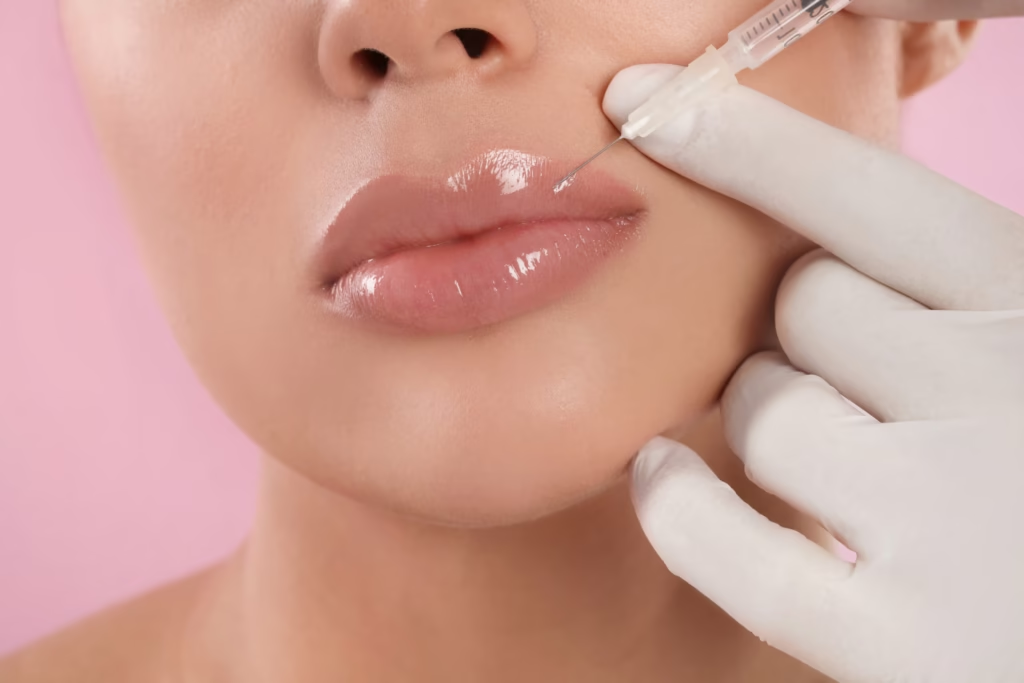
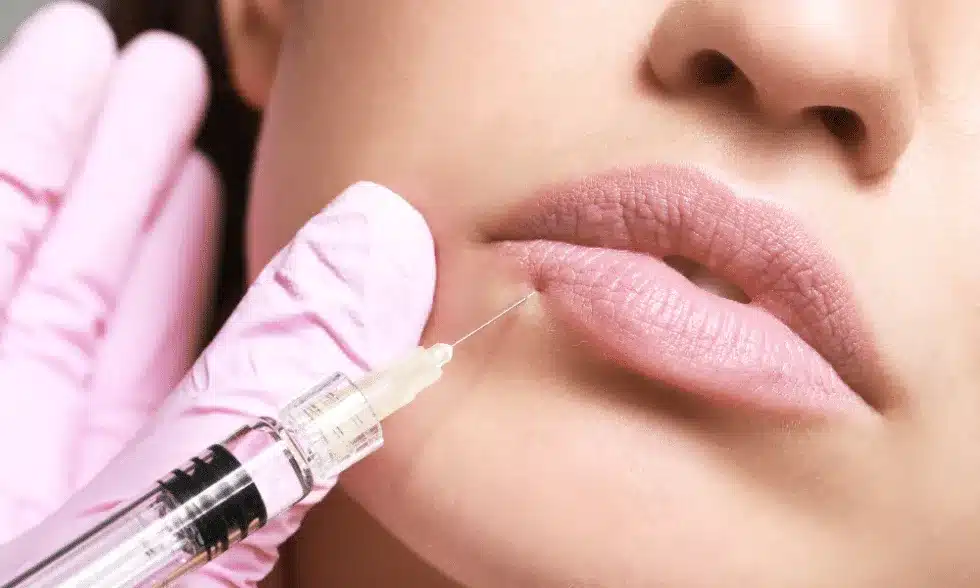
Dudak Dolgusu Ne Zaman Uygulanır?
Dudak dolgusu aşağıdaki durumlarda uygulanır:
– Dudaklara hacim ve dolgunluk kazandırmak
– Dudaklardaki asimetriyi düzeltmek için
– Yaşlanmaya bağlı olarak kaybedilen hacmi geri kazandırmak
– Dudak hatlarını tanımlamak
– Daha dengeli ve estetik bir dudak şekline ulaşmak için
Dudak Dolgusu Nasıl Yapılır?
İşlem öncesinde dudaklara anestezik krem sürülür. Kremin etkisini göstermesi için yaklaşık 20 dakika bekletilir. Dudaklar uyuştuktan sonra çok ince iğneler kullanılarak hyaluronik asit bazlı dolgu maddesi dudaklara enjekte edilir. İşlem yaklaşık 10-15 dakika sürer. Ana avantajlardan biri hızlı prosedür ve anında sonuçtur. Etkiler genellikle 6-8 ay sürer, dolayısıyla tedavilerin tekrarlanması gerekir.
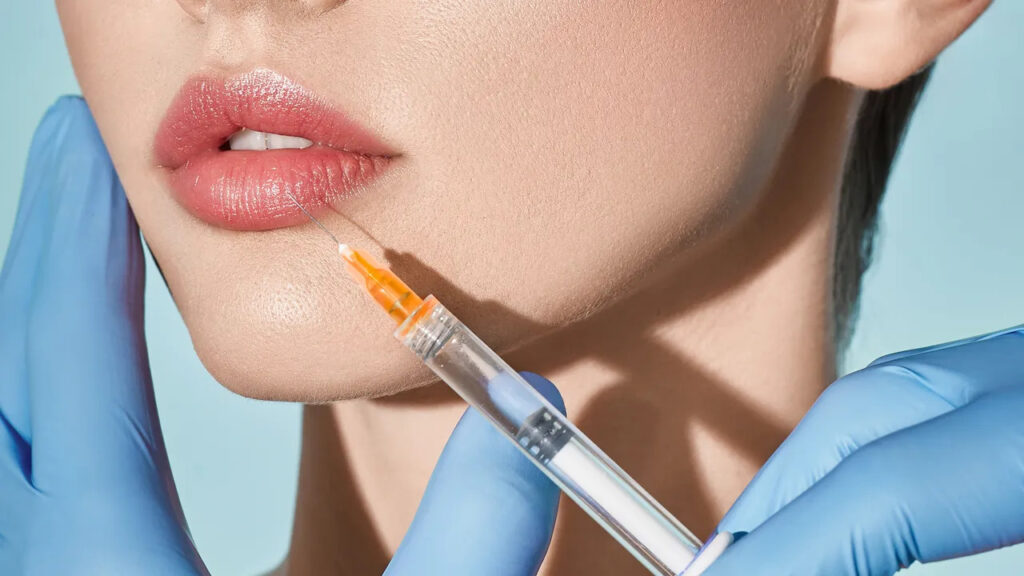
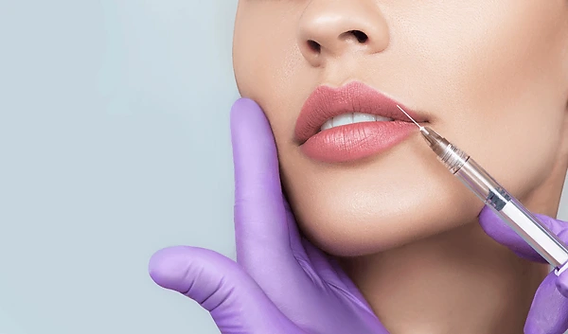
Farklı Dudak Dolgu Teknikleri Nelerdir?
Fransız Tekniği Dudak Dolgusu
Fransız tekniği doğal ve dengeli bir dudak görünümü elde etmek için kullanılan bir yöntemdir. Bu teknik dudakların orta kısmına daha fazla hacim kazandırarak kenarları daha belirgin hale getirirken orta kısımda doğal dolgunluk sağlar. Fransız tekniğinde doğal dudak şekli korunurken estetik ve yüzle uyumlu bir görünüm oluşturulur. İşlem sonrasında dudaklar doğal yapısı bozulmadan daha dolgun ve belirgin görünür.
Rus Tekniği Dudak Dolgusu
Rus tekniği dudakların daha kalkık ve belirgin görünmesini sağlamaya odaklanan bir yöntemdir. Bu teknikte üst dudağa daha fazla hacim kazandırılırken alt dudağın daha ince görünmesi sağlanır. Sonuç olarak dudaklar daha dolgun, “kaldırılmış” ve genç görünür. Rus tekniği dudakların şeklini ve profilini ön plana çıkararak yüz hatlarını tamamlayan, doğal ama estetik açıdan hoş bir sonuç verir.
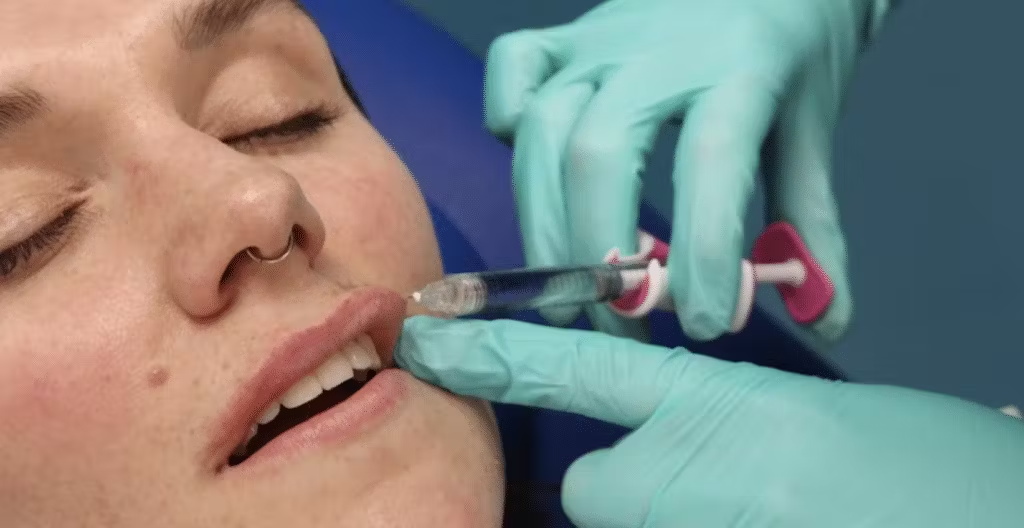
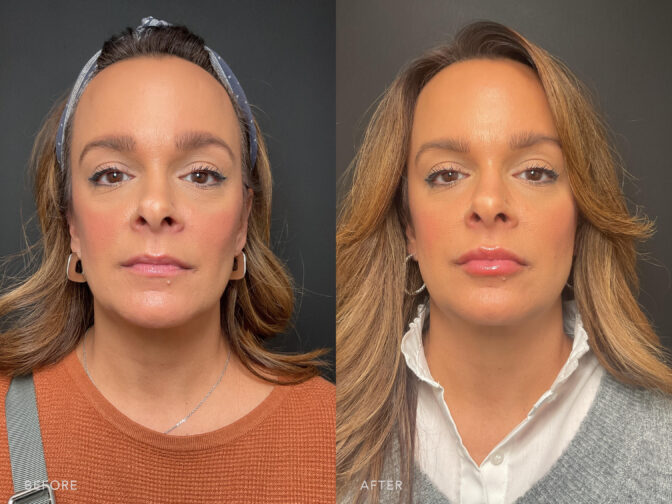
Dudak Dolgusu Öncesi ve Sonrası Nelere Dikkat Edilmelidir?
Dudak dolgusu yaptırmadan önce detaylı bir konsültasyon gereklidir. Beklentilerinizi ve hedeflerinizi doktorunuzla açıkça paylaşmalısınız. İşlemi etkileyebilecek kan sulandırıcı ilaçlar, vitamin takviyesi gibi ilaçlardan uzak durulması önemlidir. İşlemden önce dudaklarınızda enfeksiyon veya tahriş olup olmadığını kontrol edin. Ayrıca tedaviden önce yeterince dinlendiğinizden ve sıvı aldığınızdan emin olun. Doktorunuz ihtiyaçlarınıza uygun dolgu tipi ve tekniği konusunda tavsiyede bulunacaktır.
Dudak Dolgusu Sonrası
Dudak dolgusu sonrasında hafif şişlik ve morarma yaşayabilirsiniz; bu iyileşme sürecinin normal bir parçasıdır. İlk 24 saat boyunca dudaklarınıza masaj yapmaktan veya ovalamaktan kaçının. Şişlik 24 saat devam edebilir, ancak kızarıklık veya şişlik genellikle 1-2 saat içinde azalır. İlk birkaç gün çok sıcak yiyeceklerden, içeceklerden, alkolden ve sigaradan kaçının. İyileşme sürecine yardımcı olmak için bol su içirin ve sağlıklı beslenmeyi sürdürün. Şişlik ve morarma genellikle önümüzdeki birkaç gün içinde azalır, ancak nihai sonuçlar genellikle 1-2 hafta sonra fark edilir hale gelir. Alışılmadık veya uzun süreli bir rahatsızlık hissederseniz doktorunuza danışın. Deneyimli bir uzman tarafından yapıldığında doğal bir sonuç elde edilir.

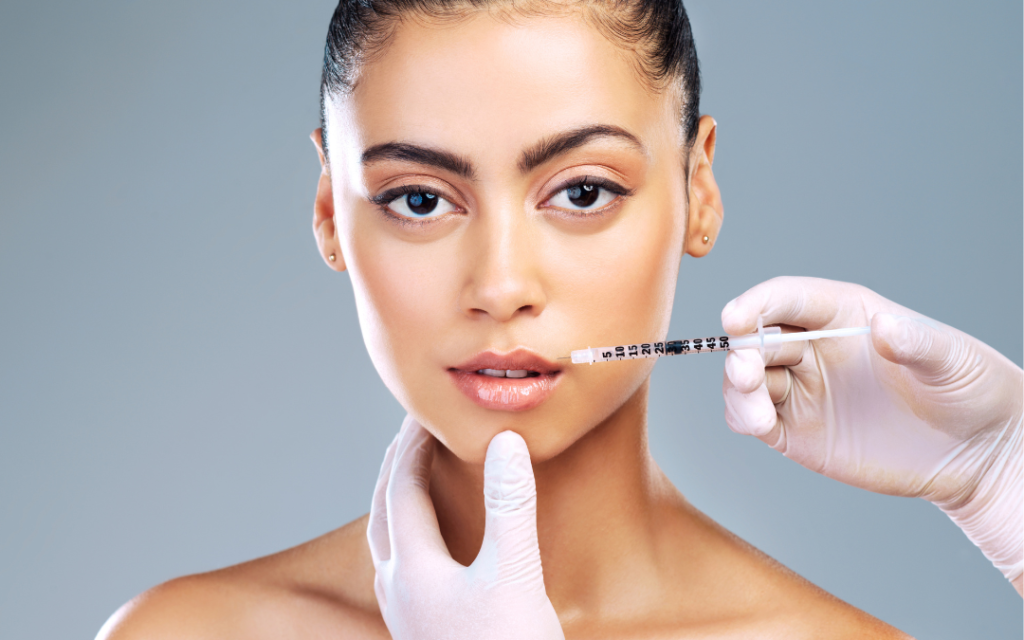
Dudak Dolgusunun Maliyeti Ne Kadardır?
Türkiye’de Sağlık Bakanlığı’na bağlı lisanslı sağlık kuruluşlarının estetik işlem maliyetlerini online olarak paylaşmasına mevzuat gereği izin verilmemektedir. Doğru fiyat bilgisi için doğrudan Dr. Ferda Karataş – Medikal Estetik ile iletişime geçmenizi öneririz. Web sitemizde iletişim bilgilerimize ulaşabilir ve uzman ekibimizle fiyatlandırma hakkında bilgi alabilirsiniz.

